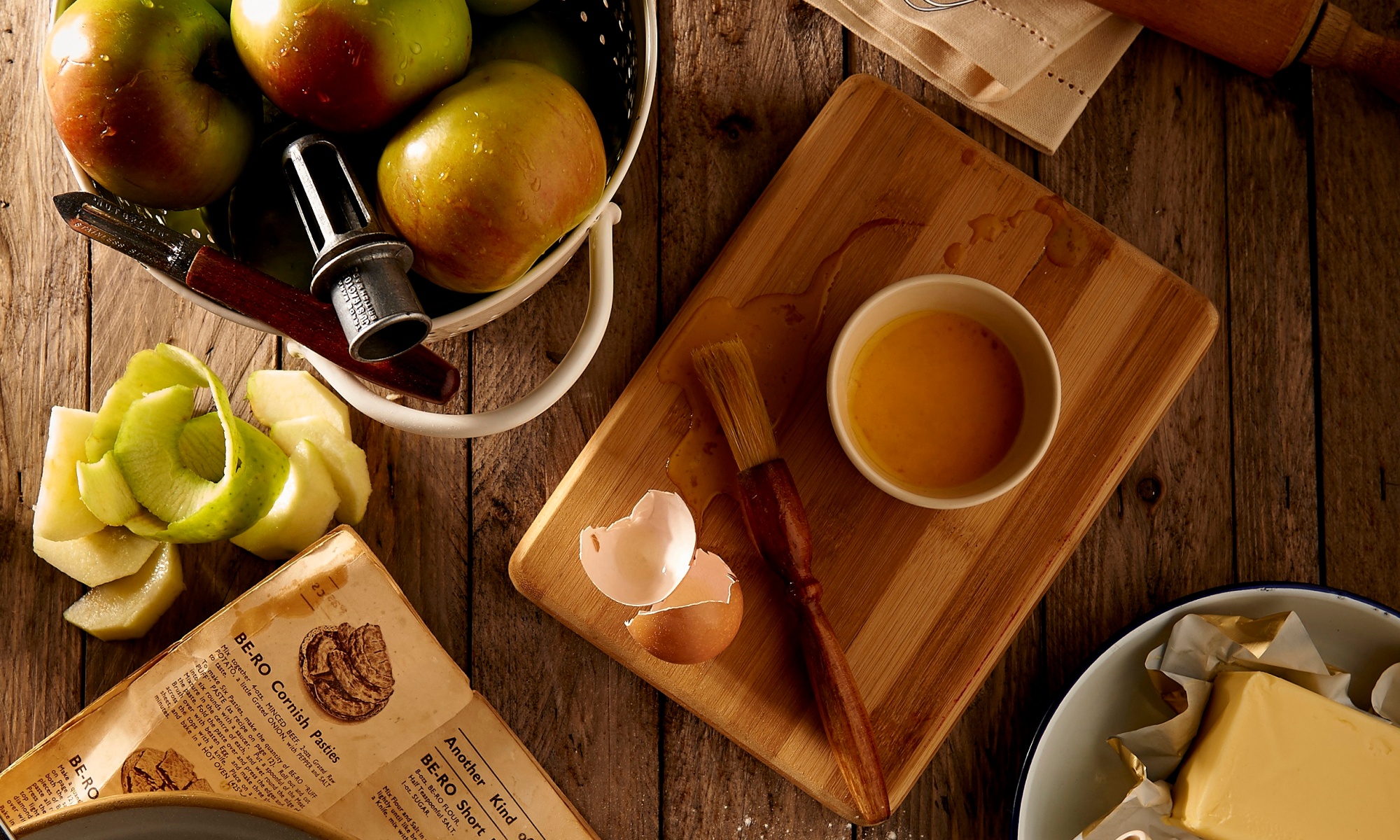One of my all-time favorite dishes is Shui Zhu Rou Pian (shway joo row pyan – this is my own Romanization! Pinyin, the standardized Romanization for Chinese, is based on the Russian pronunciation of words because Russia and China were so close politically.) Literally Shui Zhu Rou Pian means water boiled meat slices, also known as Sichuan Pork in Chili Broth. Beef, pork, or fish are usually used in this dish and the name changes slightly to indicate which meat is used. Niu is beef and yu is fish. The water in the dish keeps the meat moist and tender. It is only boiled for 20-30 seconds.
Sichuan Pork in Chili Broth is not an ancient dish. It is only 200-300 years old. Sichuan food is known for its hot and spicy dishes but this was not always the case. Originally the food was mild. Then came… the chili pepper! It was traded for from Mexico and traveled by mountain road from India. Settlers from Hunan, a province adjacent to Sichuan, brought their cooking techniques which were known for being hot and spicy. Hot pepper was first recorded there in 1684, the 21st year of the Kangxi Emperor. Cooking meat in water then became popular in Sichuan.
This dish became widespread among the common people. Other familiar Chinese dishes were made for officials and the literati. Most known Sichuan dishes were for the commoner. Sichuan province is hot and humid – damp in the winter and hot in the summer. Chili peppers help reduce internal dampness in the body according to Chinese medicine. The Sichuan peppercorn is also used in this dish. It comes from the prickly ash shrub species that is native to China and Taiwan. It gives the mά la effect which is spicy and numbing, giving a tingle to the tongue. An experience not to be missed!
Sichuan Pork in Chili Broth
Ingredients:
- 150 g pork butt
- pinch of salt
- 4 tablespoons starch recommend potato starch or sweet potato starch
- 1 tablespoon Chinese cooking wine
- 1.5 tablespoon water , or slightly more if needed
- 2 green onions , white part cut into 2cm long and green pert chopped
- 2 star anises
- 5-8 dried chili pepper
- 1/2 teaspoon Sichuan pepper
- 1 tablespoon Sichuan Spicy Bean sauce aka doubajiang
- 1 teaspoon fermented black soy beans aka dou-chi , optional
- 1 small bunch of spinach or napa cabbage
- Handful of bean sprouts
- water as needed
- 1 +2 tablespoons cooking oil
- 3 garlic cloves, sliced
- 1 thumb ginger, sliced
- coriander for garnish
Instructions:
- Slice the pork thinly and then add pinch of salt, starch, cooking wine and water. Mix well and set aside for 10 minutes. To make sure the pork is not overcooked, cover well with the starch.
- In a wok, add 1 tablespoon of oil, fry half of the chili pepper, half of Sichuan peppercorn, star anise over lowest fire until fragrant. Then add ginger, garlic and the white part of the green onion. Cook for about 30 seconds.
- Add the Sichuan Spicy Bean sauce and fermented black soy beans. Fry until you can see the red oil come out.
- Pour around 1L water in. Simmer for around 15-20 minutes with lid covered. During this process, you may smell the strong aroma from the broth.
- During the process, in another pot, cook spinach or napa cabbage and bean sprouts for about 30 seconds in boiling water (with pinch of salt and several drops of oil). Transfer out and lay in the bottom of the serving bowl.
Grasp the pork again to make sure they are evenly coated. Turn up fire and add the pork slices in and cook until the broth begins to boil again. Wait for around 20 to 30 seconds. Transfer them out immediately.
- Heat 2 tablespoons of cooking oil again in wok with the remaining chili pepper and Sichuan pepper over slow fire until really hot (you can smell the strong aroma and the chili pepper begins to turn dark). Evenly pour the oil on the surface of the serving bowl
- Sprinkle with green onion and coriander.
- Garnish with cilantro and serve immediately.
Sources:
Shui Zhu Pork- Szechuan Pork in Spicy Broth

